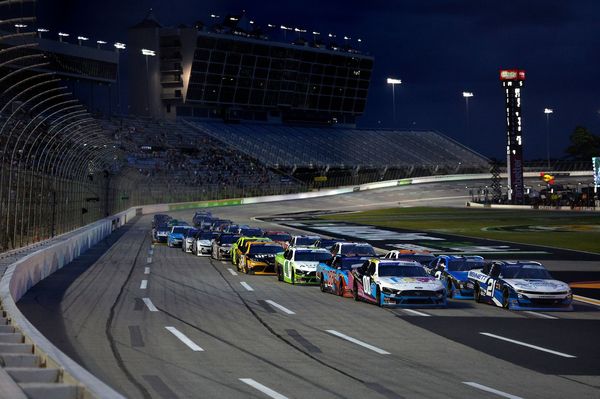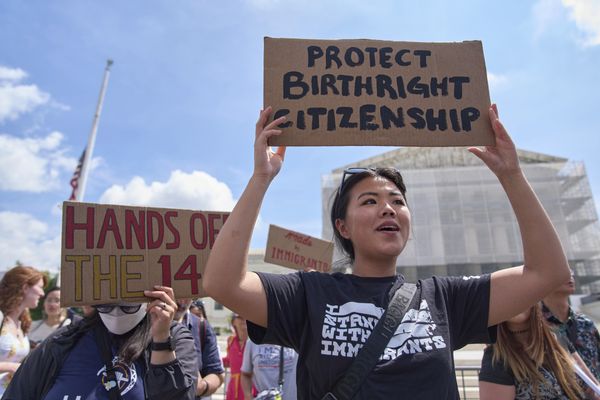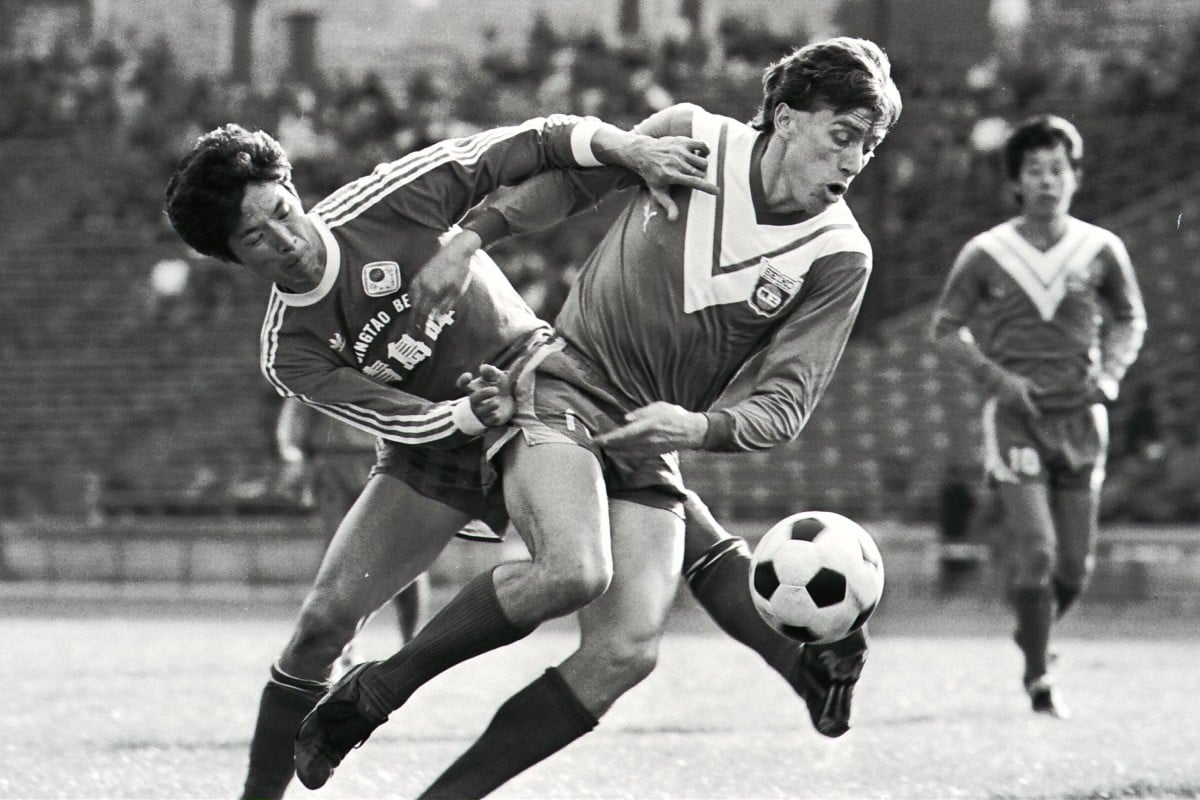
Fifty years ago, Hong Kong saw the birth of a new era. Seiko were created and they sparked huge interest among fans who were treated to some of the finest football the city had ever seen.
Backed by the Japanese watchmakers, Seiko – or Seiko Sports Association – instantly made their mark in the Third Division in 1970 before gradually climbing up the divisions to eventually dominate the top flight, winning many fans with their attractive, free-flowing football.
They were the team of the stars and within a few years of their creation, they dominated Hong Kong football like no club before them.
Seiko clinched nine top-flight championships, including seven in a row from 1979 to 1985 before they were dissolved the following season as attendances began to dwindle. They also won eight Senior Shield titles and six FA Cups during those heady days when they regularly attracted capacity crowds at Hong Kong Stadium.
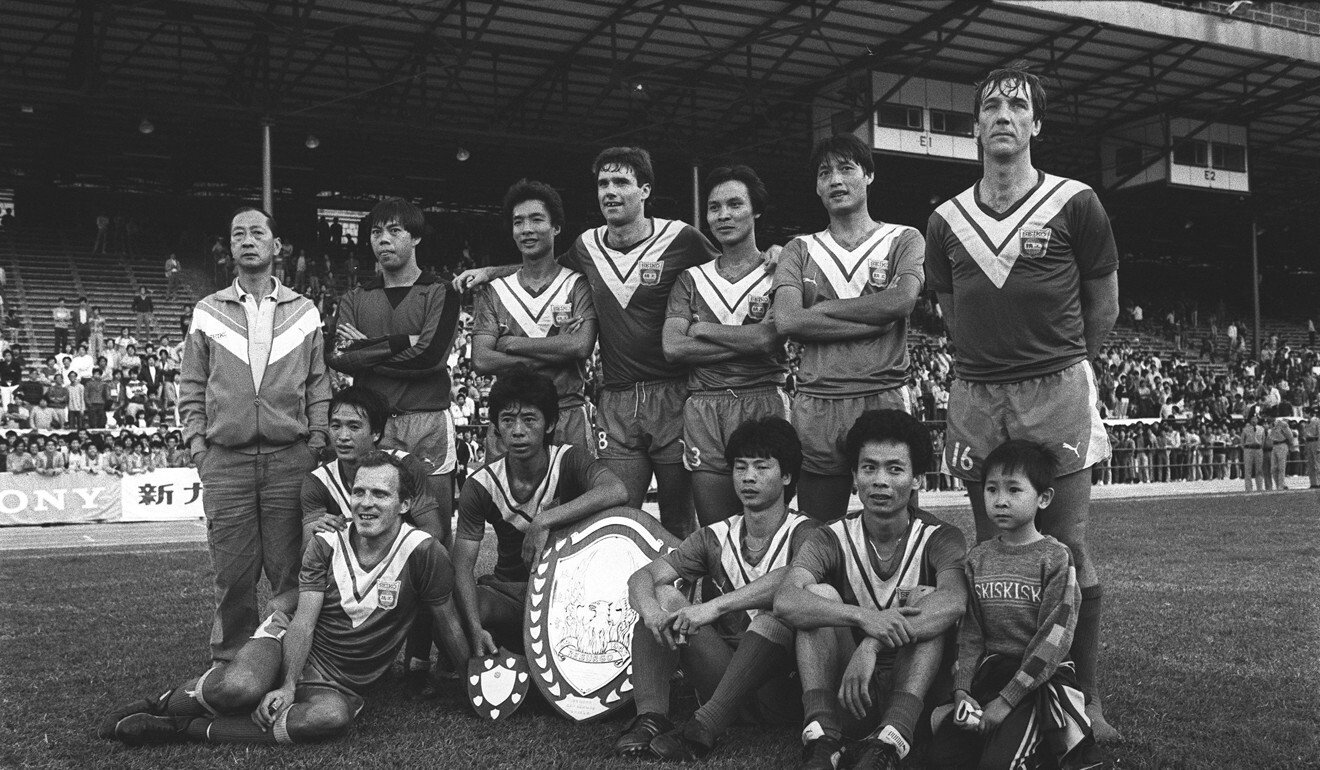
It was a golden period in Hong Kong’s football history that is unlikely to be replicated according to Chan Fat-chi, a star midfielder who donned the famous “two V” jersey for two seasons from 1984-86.
“The football landscape has definitely changed [from those days],” said 63-year-old Chan, who is helping to celebrate a 50th anniversary with Seiko memorabilia on display at Fashion Walk in Causeway Bay.
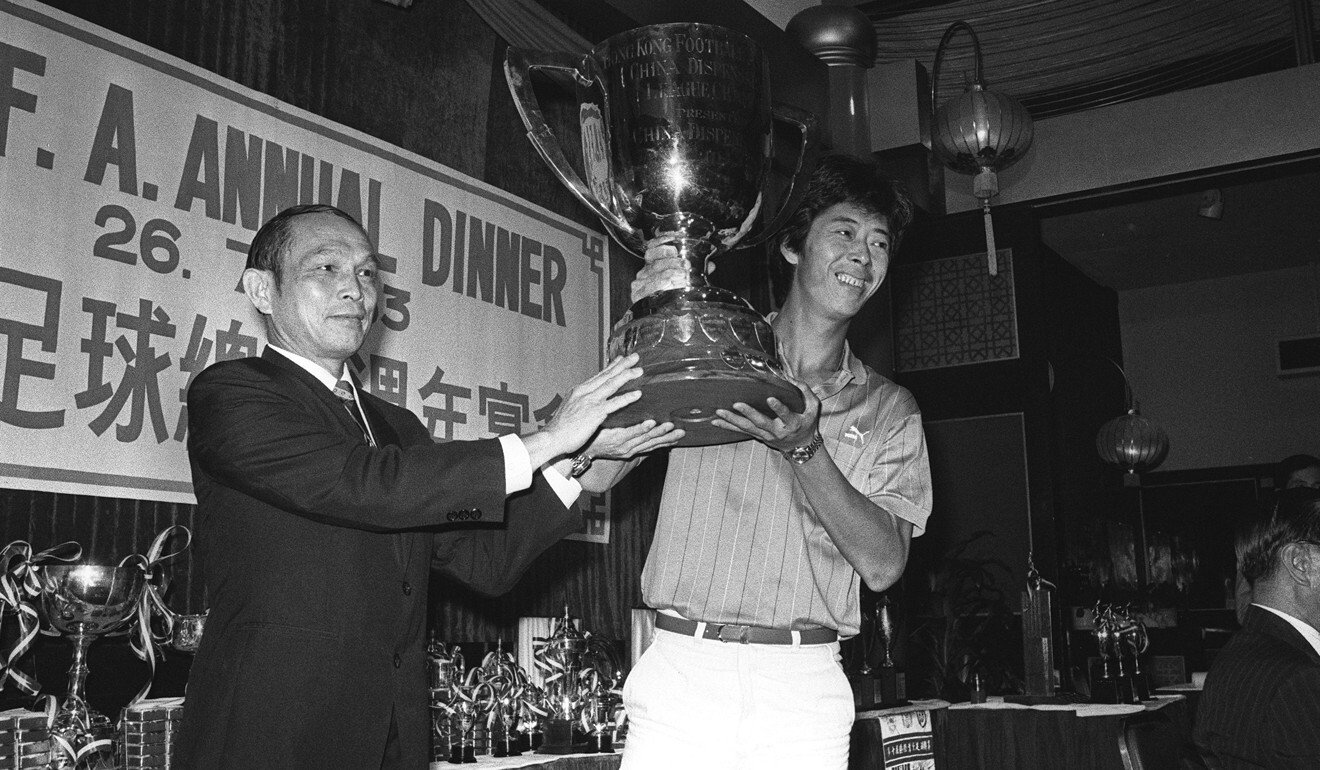
“Back in those days football was the main entertainment for many Hong Kong people. One of the best ways to spend a Sunday afternoon was to watch a game at Hong Kong Stadium.
“Also the quality of football was outstanding and Seiko had strong commercial backing. We played with some of the top overseas players while local players had to earn their place and work extremely hard to get a chance to be on the pitch. This won’t happen in Hong Kong football again,” he said of one of the most successful teams to ever play in the local league.
Englishman Peter Bodak, a former Manchester City winger, former Scotland international Gordon McQueen, ex-Blackburn Rovers star Andy Kennedy and ex-Aston Villa and England star Tony Morley were just some of the names who turned up for Seiko. The supporting cast included leading lights Derek Currie and local stars Wu Kwok-hung and Wan Chi-keung.

Chan, who later won two Hong Kong Footballer of the Year titles with South China in 1988 and 1989, said he was lucky to learn the tricks of the trade playing alongside Seiko favourites Morley and McQueen. He also cherishes his time playing with former Scotland international Tommy Hutchinson when he played for arch-rivals Bulova, also during the 1980s.
Despite playing only two seasons with Seiko, Chan experienced both highs and lows. During this period, he clinched a lot of silverware but was also banned for one year for his involvement in a brawl.
This happened in an Asian Club Championship group match against Liaoning at Hong Kong Stadium. A mass brawl took place on the pitch in the second half after Chan, who was about to come on to the pitch with teammate Yan Lik-kin, had a brief, heated exchange with Liaoning goalkeeper Fu Yubin, who was incensed and ran all the way from his half to assault Seiko goalkeeper Chan Wan-ngok during the melee.
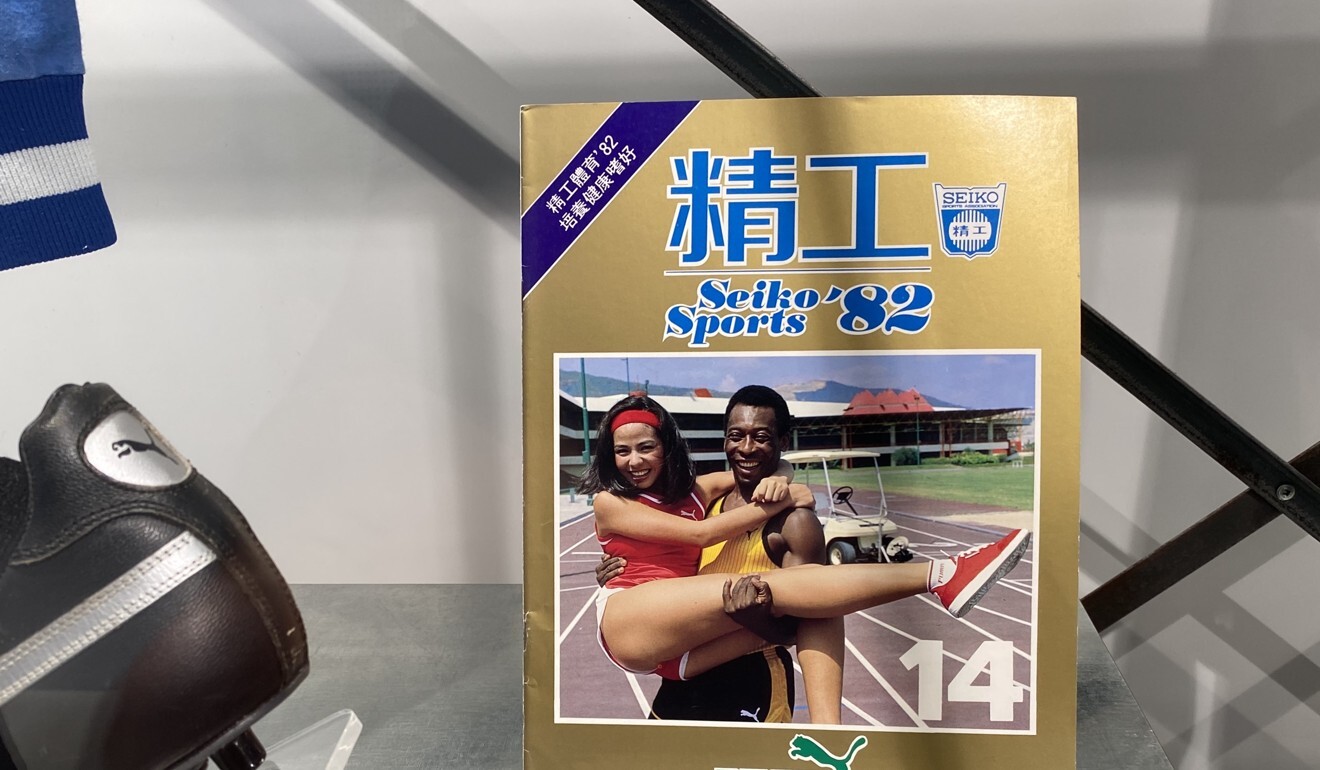
“I was severely punished by the AFC possibly because they thought I was the Seiko player who was holding the corner flag during the fight,” said Chan, who now works as technical director at Leslie Santos’ Chelsea Football Club (Hong Kong). “In fact, it was my teammate Yan [who was holding the flag]. Eventually my ban was reduced to eight months with the help of [then] Football Association chairman Victor Hui [Chun-fui].”
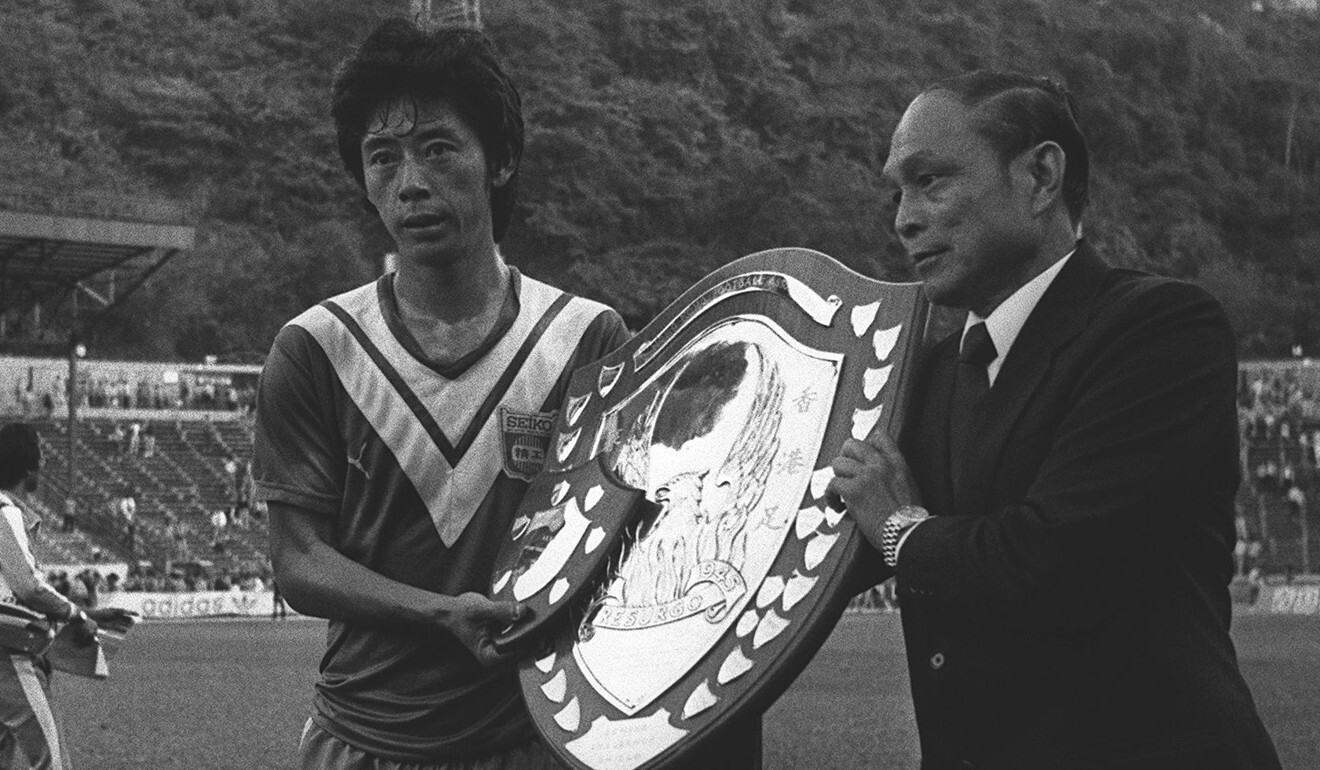
In celebrating Seiko’s creation 50 years ago, an exhibition of Seiko jerseys, photos and other valuable items can be viewed at Fashion Walk in Causeway Bay. The famous two Vs on the jersey is also on display, with a limited edition of 50 replica pieces for sale, costing HK$1,590.
A memorial book of Seiko’s history in Hong Kong football is also on sale for HK$168.


